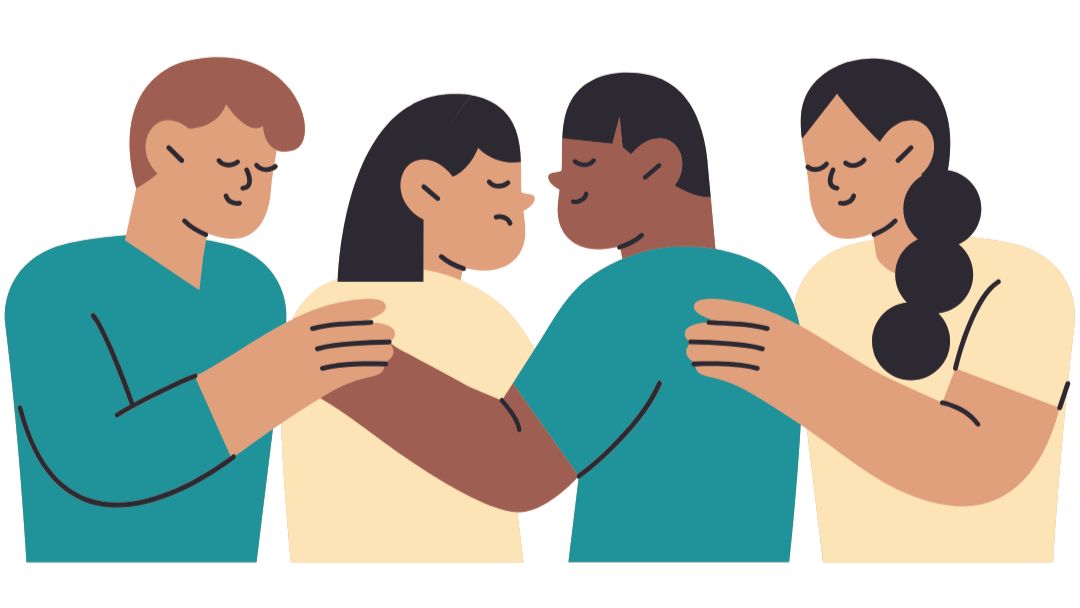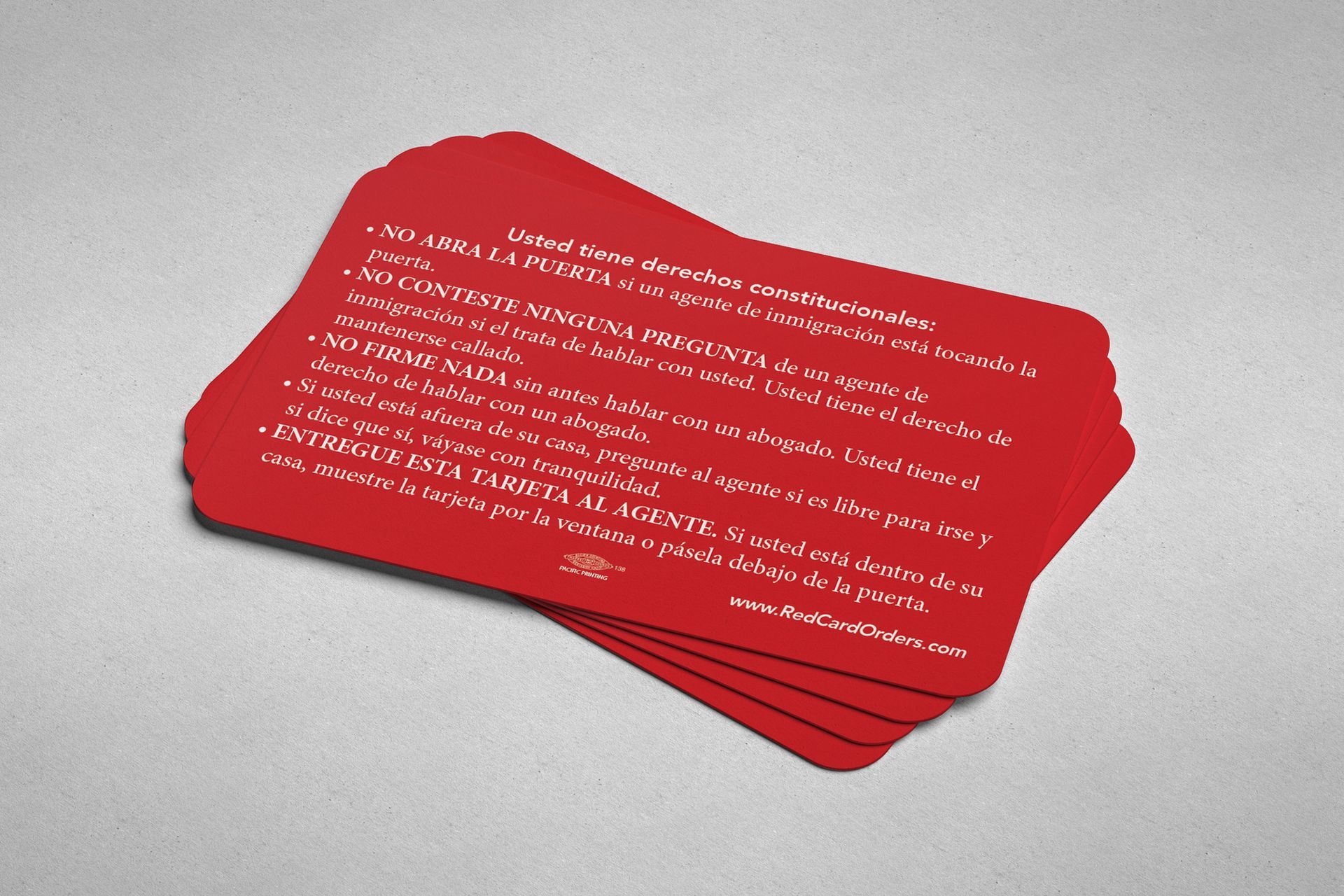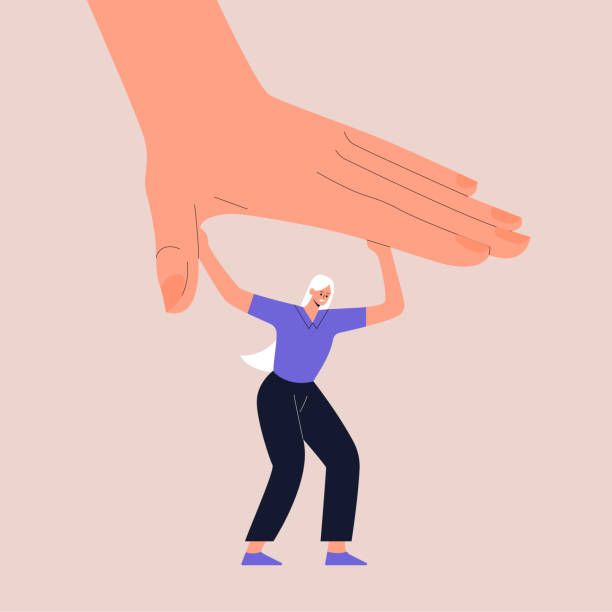November: Understanding Patriarchy
Patriarchy refers to a social system where power and authority is mostly held by men.
Patriarchal ideologies suggest that this inequity is due to “natural differences” between men and women, underlining women’s supposedly inferior nature. This lens is a gendered way of framing the world, creating a hierarchy that promotes dominance over women.
This privilege can be seen in men’s over-representation across political, cultural and family domains. All around the world, this privilege is upheld not only by formal rights or common law but also by tradition and discourse/messaging.
Some ways we see patriarchy impacting our individual and collective experiences are through systemic and symbolic violence (Bruneau, 2018.)
Examples of systemic violence, implemented by institutions of all scales, include laws only targeting women; disproportionate enforcement of dress codes on girls in schools; and the association of domestic work or more “feminine” jobs (ie caregiving, cleaning) to women as systematically undervalued and therefore, underpaid.
Examples of symbolic violence, facilitated by social and cultural messaging, gender roles and traditions, include stereotypes of “masculine” and “feminine” ways of being; the history/tradition of taking husband’s last name; heteronormativity or the narrative that women are intended for men; gendered clothing.
It’s important to build awareness around how patriarchy exists and persists in the very systems we participate in—including our very own families and [hetero] relationships—as it may be causes for conflict.
Patriarchy plays a heavy role in how men and women are socialized to hold and express emotions; our general attitudes towards domestic work or child care; our parenting choices and teachings we pass along and so on.
Building awareness allows us to observe, be curious about and ultimately, take steps to challenge harmful ideologies that perpetuate gender inequality.
1 Bruneau, Camille. How do patriarchy and capitalism jointly reinforce the oppression of women? CADTM. https://www.cadtm.org/spip.php?page=imprimer&id_article=16583. (2018, September 13)
Written by: Elaine Raif



COMPANY
SERVICES
CONTACT
All Rights Reserved | Rose Junie Therapy
Designed by Vantix Digital

